
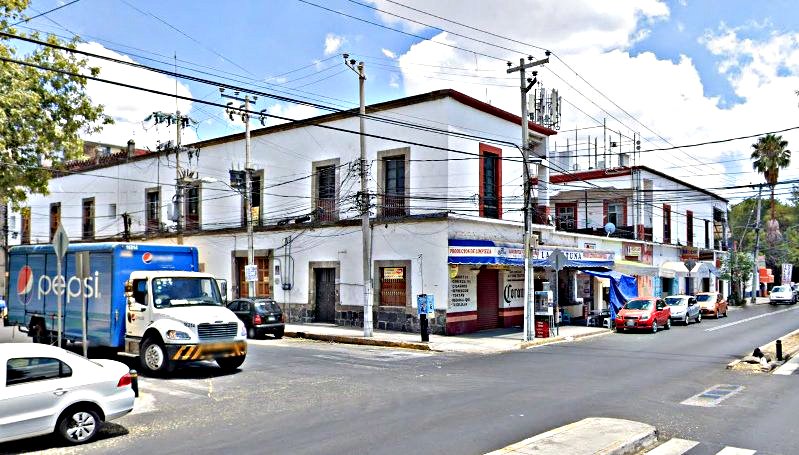
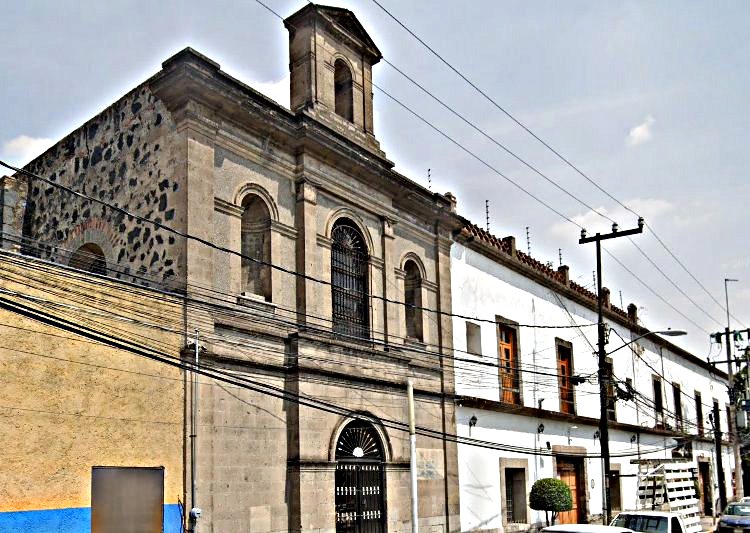
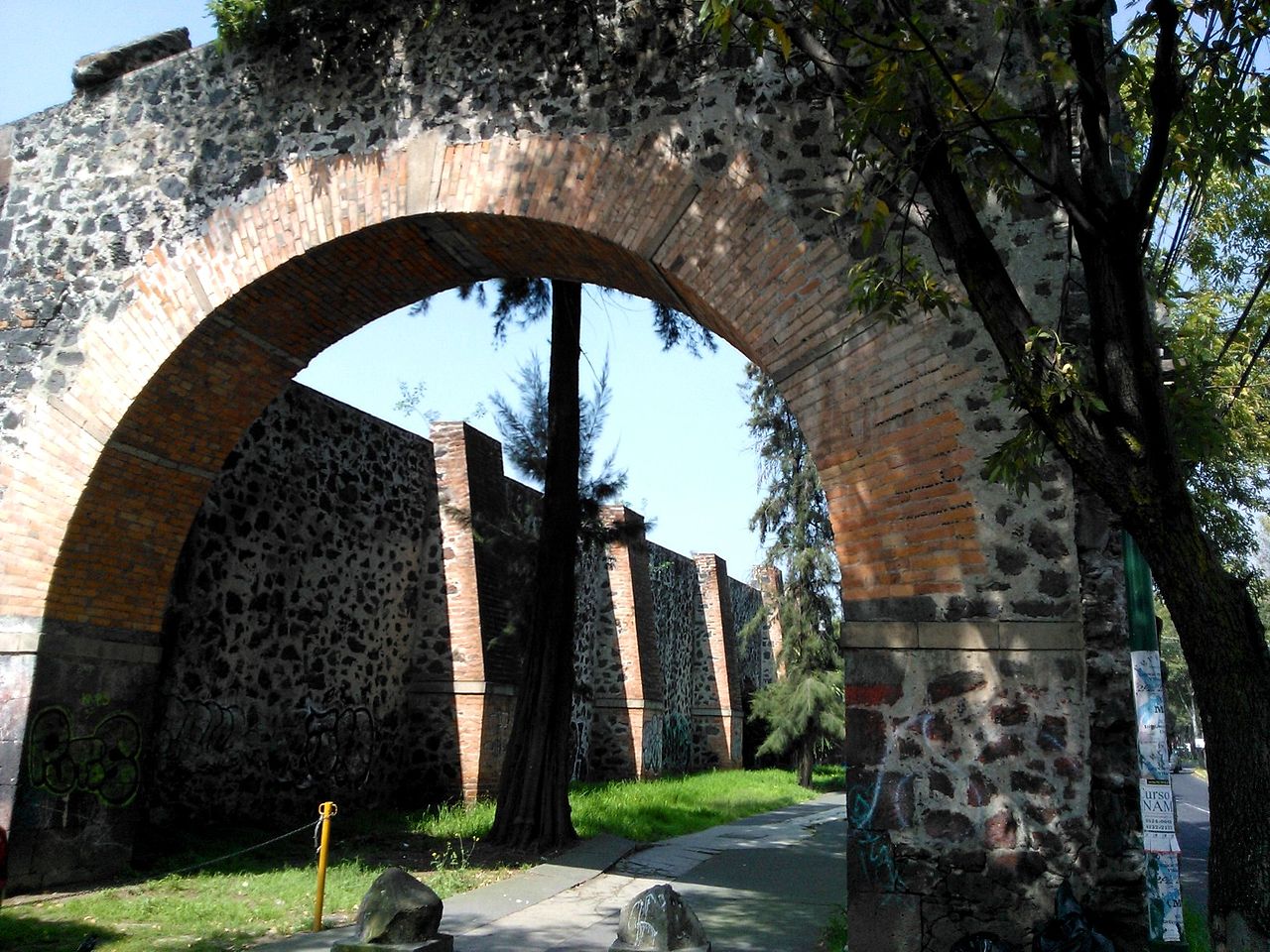
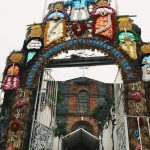
Nearest at 0.46 kms.
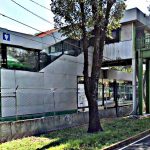
Nearest at 0.53 kms.
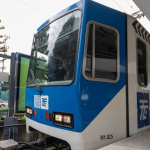
Nearest at 0.55 kms.
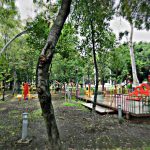
A small neighborhood park amidst the long history of Coapa . . .
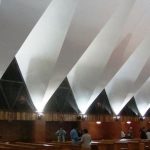
A modernist triumph and neighborhood church in Espartaco, Coyoacán . . .
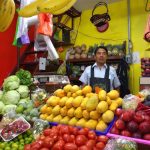
A giant neighborhood market for south eastern Coapa and Cuemanco . . .
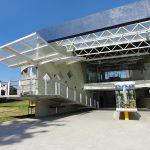
One of the UAM's strongest draws for international visitors . . .
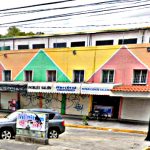
The place for lunch on the famous Calzada Acoxpa . . .